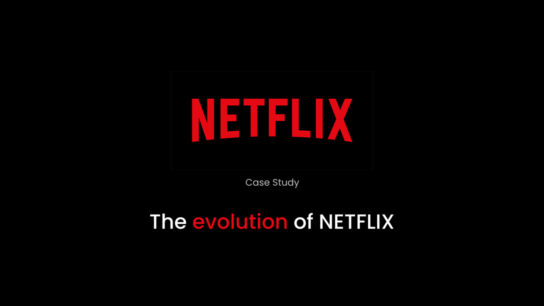In the realm of home entertainment and digital cinema, 4K resolution has become the gold standard, offering an unprecedented level of detail and clarity. As technology advances, the demand for high-definition content continues to grow, and 4K movies have emerged as a significant milestone in the evolution of visual storytelling. This article delves into the rise of 4K movies, their impact on the film industry, and what this means for the future of cinema.
What is 4K Resolution?
4K resolution, also known as Ultra High Definition (UHD), refers to a display resolution of approximately 4,000 pixels across the horizontal axis. The most common 4K standard for consumer televisions and digital cinema is 3840 x 2160 pixels, which is four times the pixel count of Full HD (1080p). This increased resolution results in sharper images, more intricate details, and a more immersive viewing experience.
The Rise of 4K in Cinema
The transition to 4K resolution began in the early 2010s, driven by advancements in camera technology and digital projection systems. Major film studios and streaming platforms quickly adopted the format, recognizing its potential to deliver superior image quality. The first wave of 4K films showcased the enhanced clarity and depth that the format could offer, setting a new benchmark for visual excellence.
Key Milestones in 4K Cinema
- Digital Filmmaking: Directors and cinematographers started using 4K digital cameras, such as the RED ONE and the ARRI ALEXA, to capture their films. These cameras allowed for greater flexibility in post-production, including the ability to crop and reframe shots without losing resolution.
- 4K Projectors: Movie theaters began upgrading to 4K projectors, providing audiences with a more immersive and detailed viewing experience. IMAX and Dolby Cinema were among the pioneers in adopting 4K projection technology.
- Home Entertainment: The availability of 4K Ultra HD Blu-ray discs and 4K streaming services (like Netflix, Amazon Prime Video, and Disney+) made high-resolution content accessible to home viewers. This shift was complemented by the widespread adoption of 4K televisions and streaming devices.
The Impact of 4K on the Film Industry
Enhanced Visuals
The primary advantage of 4K resolution is the enhanced visual quality. The increased pixel count allows for finer details, richer textures, and more vibrant colors. This level of detail is particularly noticeable in large-scale action scenes, intricate set designs, and high-contrast visuals, which benefit from the added resolution.
Artistic Flexibility
4K resolution provides filmmakers with greater artistic flexibility. Higher resolution footage can be downscaled to lower resolutions, resulting in improved image quality. Additionally, 4K allows for more dynamic color grading and visual effects, pushing the boundaries of what can be achieved in post-production.
Consumer Expectations
As consumers become accustomed to high-definition content, their expectations for visual quality have risen. The demand for 4K content has driven studios and streaming platforms to invest in higher resolution productions. This shift has also led to the remastering of classic films in 4K, giving older titles a new lease on life with enhanced clarity and detail.
The Future of 4K and Beyond
The adoption of 4K is just one step in the continuous evolution of display technology. As the industry moves towards even higher resolutions, such as 8K, the emphasis on image quality and immersive experiences will only increase. Additionally, advancements in High Dynamic Range (HDR) and wider color gamuts complement 4K resolution, providing deeper contrasts and more lifelike colors.
Challenges and Considerations
While 4K offers numerous benefits, it also presents challenges. The increased file sizes require more storage and bandwidth, posing difficulties for streaming and broadcasting. Additionally, producing 4K content can be more expensive and technically demanding, requiring specialized equipment and expertise.
Innovations on the Horizon
Future innovations in display technology, such as microLED and Quantum Dot displays, promise to further enhance the 4K viewing experience. These advancements will likely make 4K more accessible and affordable, ensuring that high-resolution content becomes the standard for both consumers and professionals.
Conclusion
The transition to 4K resolution represents a significant milestone in the history of cinema. By offering unparalleled image quality and immersive experiences, 4K has redefined our expectations for visual storytelling. As technology continues to advance, the impact of 4K will only grow, paving the way for even more stunning and realistic cinematic experiences. Whether viewed in a state-of-the-art theater or on a home entertainment system, 4K movies have set a new standard for excellence in the world of film.




